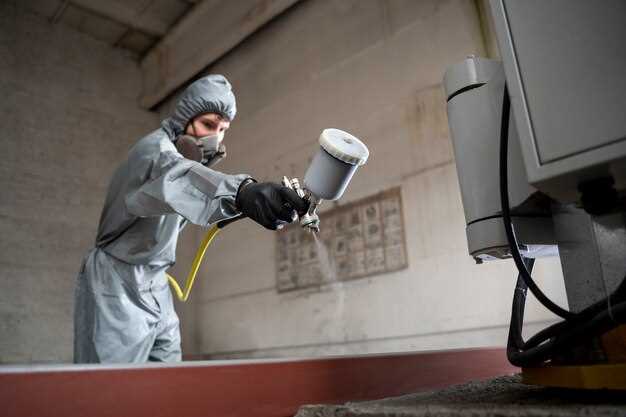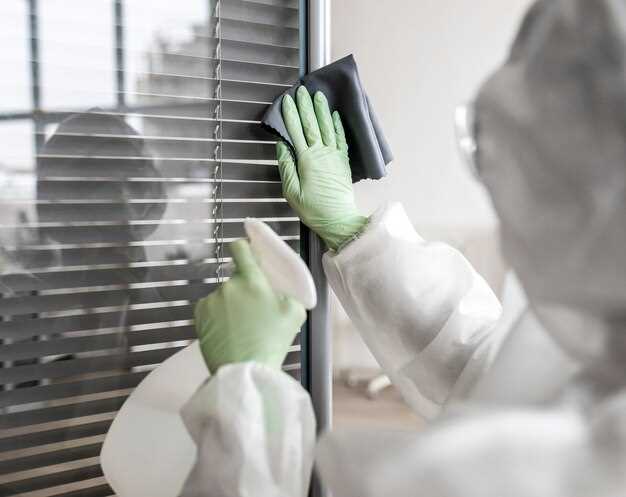
The paint process is a critical component in various industries, impacting both product quality and worker safety. However, the presence of dust and particulate matter during painting operations can lead to a myriad of challenges. Effective ventilation systems play a vital role in mitigating these issues, helping to create a safer and more efficient working environment.
Dust control strategies are essential in minimizing the accumulation of particulates, which can compromise the integrity of paint finishes and result in costly rework. Implementing robust ventilation solutions is not only important for maintaining air quality but also for ensuring compliance with health and safety regulations.
This article explores key dust control methodologies and their integration into paint process ventilation systems. By adopting these strategies, businesses can enhance production efficiency, improve product quality, and safeguard their workforce against the adverse effects of dust exposure.
Implementing Filtration Systems to Minimize Paint Fume Contamination

Filtration systems play a crucial role in reducing paint fume contamination in industrial settings. The implementation of these systems involves several key components that work together to ensure a cleaner, safer air environment during the paint process.
The first step in installing an effective filtration system is the selection of appropriate filters. High-efficiency particulate air (HEPA) filters and activated carbon filters are commonly used due to their ability to capture small particles and adsorb hazardous fumes. HEPA filters can capture 99.97% of particles 0.3 microns or larger, while activated carbon filters excel in reducing volatile organic compounds (VOCs) emitted during painting operations.
Next, the design of the filtration system should provide adequate airflow while ensuring minimal pressure drop. This balance is vital for maintaining the efficiency of the ventilation system. Proper duct sizing and fan selection must be calculated to enable optimal air circulation, ensuring that the filtered air effectively replaces contaminated air without causing disruptions in the paint process.
Regular maintenance of the filtration system is essential to its effectiveness. Scheduled inspections and filter replacements will help maintain air quality and protect workers’ health. Monitoring air quality levels through sensors can provide real-time data, allowing for proactive management of air contamination levels and timely interventions when necessary.
Furthermore, integrating the filtration system with existing ventilation strategies enhances overall performance. For instance, combining localized exhaust ventilation with ducted filtration can capture fumes at their source, reducing the concentration of contaminants in the work environment. This approach not only minimizes employee exposure but also protects surrounding areas from paint fume migration.
Training employees on the operation of filtration systems and the importance of maintaining air quality can foster a culture of safety in the workplace. Workers should understand the significance of adhering to safety protocols related to inhalation hazards and the role of the filtration system in this equation.
In conclusion, implementing an efficient filtration system is vital for minimizing paint fume contamination. By selecting the right filters, ensuring proper design and maintenance, integrating with ventilation strategies, and providing adequate training, organizations can significantly improve air quality and ensure a healthier environment for their employees.
Establishing Proper Airflow Patterns for Enhanced Dust Management
Effective dust management in paint processes is critical for maintaining product quality and worker safety. Establishing proper airflow patterns plays a crucial role in controlling airborne particles, enhancing ventilation efficiency, and minimizing contamination risks.
To create optimal airflow, one should start by analyzing the layout of the workspace. Identify key areas where dust generation occurs, such as mixing stations, spray booths, and finishing zones. The airflow design should facilitate the movement of air from these high-dust areas toward exhaust points, ensuring that dust is captured effectively before it disperses throughout the facility.
Utilizing a combination of natural and mechanical ventilation can enhance airflow patterns. Natural ventilation, such as strategically placed windows and vents, can complement mechanical systems by promoting cross-ventilation. Fans and ductwork should be positioned to draw air away from the work zones, creating a negative pressure environment that prevents dust from escaping into cleaner areas.
Implementing localized exhaust systems, such as fume hoods or booth ventilation, is essential for managing dust at the source. These systems should be designed to capture and remove airborne particles as they are generated, minimizing their spread. The capture velocity needs to be tailored to the specific dust types and particle sizes present in the painting process.
Furthermore, airflow patterns should be regularly monitored and adjusted based on the performance of the ventilation system. Airflow measurements can help identify stagnant zones or areas where dust accumulation occurs. By making necessary changes to the fan speeds, duct configurations, or exhaust placements, facilities can continuously optimize the dust management efforts.
Incorporating airflow visualization techniques can also assist in establishing effective patterns. Smoke tests or computational fluid dynamics (CFD) simulations can reveal how air moves through the environment, providing insights into any modifications needed to enhance dust control.
Ultimately, establishing proper airflow patterns is a comprehensive approach that combines workspace analysis, localized extraction, and ongoing monitoring. By prioritizing airflow optimization, facilities can significantly reduce dust-related hazards and improve the overall effectiveness of the paint process. This proactive strategy not only ensures compliance with safety regulations but also enhances operational efficiency and product quality.
Employing Regular Maintenance Routines for Ventilation Equipment

Regular maintenance of ventilation equipment is crucial for ensuring optimal performance and dust control during the paint process. A well-maintained system not only improves air quality but also extends the lifespan of the equipment, leading to cost savings in the long run. Establishing a routine maintenance schedule can minimize unexpected failures and maximize efficiency.
One key component of an effective maintenance routine is the inspection of filters. Filters should be checked frequently for clogging and wear, as their efficiency directly impacts airflow and dust collection capabilities. Regular replacement or cleaning of filters ensures that the system functions effectively, reducing the risk of particle accumulation within the workspace.
In addition to filters, ducts and exhaust systems should be inspected for blockages and leaks. Dust accumulation within ducts can significantly hinder airflow, making it essential to clean these areas regularly. Leaks can result in unwanted escape of airborne contaminants, compromising the overall effectiveness of the ventilation system. Sealing leaks promptly enhances system performance and maintains a safe working environment.
Moreover, the fans and motors associated with the ventilation system should undergo routine checks. Lubrication of moving parts and inspection for unusual noises or vibrations can prevent potential operational issues. Regular maintenance of these components helps ensure consistent airflow and effective dust removal during paint processes.
Documentation of maintenance activities is another critical aspect. Keeping detailed records of inspections, repairs, and replacements not only provides insight into the equipment’s condition but also assists in identifying patterns that may require attention. This can lead to more informed decisions regarding upgrades or replacements, ultimately enhancing the overall efficiency of the ventilation system.
Lastly, training personnel responsible for maintenance is vital. Educating staff on best practices and safety protocols ensures that the equipment is handled properly, reducing the risk of accidents while maintaining operational efficiency. Engaging with professionals for more complex maintenance tasks can also contribute to extending the life of the ventilation system.

